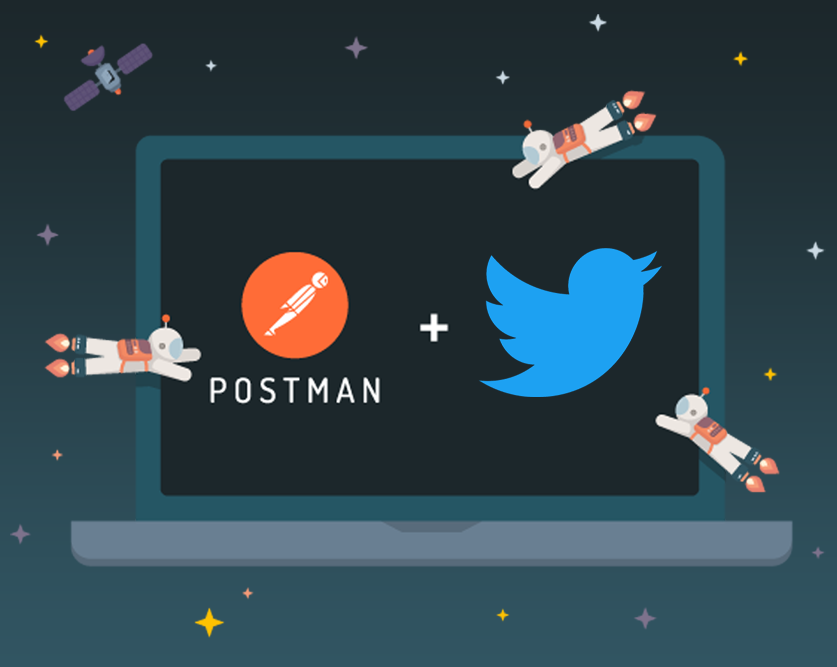How to Set Up the New Twitter API Faster in Postman
Twitter recently released version 2.0 of its hugely popular social media API, and there’s no better way to get started playing around with it than by using the new Twitter API v2 collection in the Postman API Network. Postman Collections make onboarding easy: Within 5 to 10 minutes, you should be able to download the Twitter API v2 collection, create a new application in your Twitter developer account, add your bearer token to the environment of your collection, and begin making calls to the Twitter API. Let’s look at how to start working with Twitter’s latest API using Postman.
Check out these requests on the Twitter public workspace:
Twitter maintains this collection, and you can find the complete documentation—and the Run in Postman button to start diving in—all under their team page in the API Network here:

The Twitter API v2 collection has comprehensive documentation that provides everything you need to get up and running, including an environment, so you can quickly learn how to configure your application, keys, and token for authentication. The collection makes good use of putting authentication at the collection level, allowing you to use the OAuth 1.0 or 2.0 Bearer Token, depending on which you prefer.
Pro Tip: I recommend grabbing a bearer token from your Twitter developer account after you’ve created your application.

Once you have your bearer token you can add it to your environment and add a {{bearer_token}} variable to the authentication tab for your Twitter API v2 collection. This will apply your token across all of the available requests in the Postman Collection, giving you authenticated access to the Twitter API.

{{bearer_token}} variable to the authentication tab for your Twitter API v2 collection in PostmanOnce you’ve set up your authentication, you should be able to start making API calls. The “Recent Search” request is a good place to start demonstrating the potential of the Twitter API v2, letting you search for tweets on the platform using a variety of query parameters:

This collection provides a rich look at how API providers can craft their collections to make onboarding more frictionless by fully defining each request with all parameters that developers can use. If you look closer at the Twitter API “Recent Search” request page, you’ll notice all the parameters are grayed out, allowing you to start with a query but then expand what you’re searching for from there.
Ultimately, the Twitter API v2 collection not only gives developers an easy way to begin playing with the Twitter API, but it also demonstrates to other API providers how the benefits of a well-defined collection and environment truly help onboard developers faster.
See more helpful tips about the Twitter API by watching our Working with the Twitter API Using Postman webinar. In this video, we’ll walk you through different versions of the Twitter API and explore what’s possible when you combine the capabilities of Postman and Twitter.

Thank you for sharing this. Make using experimenting with Twitter API 2.0 much easier. Collections have been fantastic for us – our user download the our Ayrshare API collection and are up and running in minutes.
I recently got my twitter developer access and I’m new to Postman, this article is the best, most concise quick start guide that I’ve seen. Thanks!
Postman is really helpful to use in parallel with the python analytics I’m coding, great to test requests and understand responses.